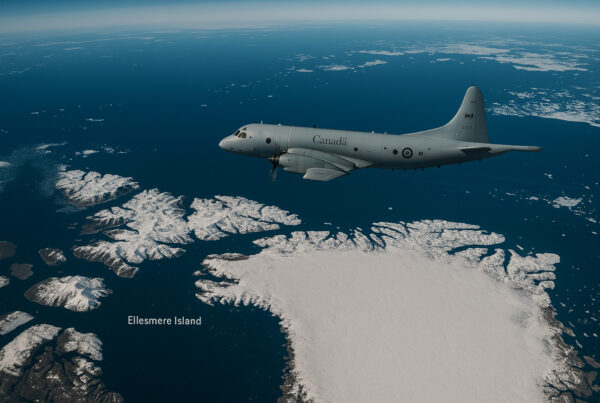
India-Iran-Russia Strategic Agreement (DALL-E)
In a landmark development, India, Iran, and Russia are on the brink of signing a strategic agreement to establish an autonomous supply chain independent of Western influence and the US dollar. This alliance aims to bolster economic resilience, enhance regional connectivity, and redefine the global trade landscape.
Background and Context
Central to this initiative is the Chabahar Port in Iran, developed by India, which serves as a pivotal node in this emerging supply chain. The port facilitates direct trade routes between India, Iran, and Afghanistan, bypassing Pakistan and reducing reliance on Western-controlled routes. The development of Chabahar is a strategic move to counterbalance the influence of China’s Belt and Road Initiative (BRI) and Pakistan’s Gwadar Port.
Objectives and Benefits
The primary goals of the agreement include:
- Trade Efficiency: Streamlining logistics to reduce transportation costs and time.
- Regional Development: Promoting economic growth and stability by enhancing trade links.
- Political Strengthening: Fortifying diplomatic ties through economic collaboration.
- Economic Sovereignty: Reducing dependence on Western financial systems and the US dollar, fostering greater economic independence.
Strategic Implications
This trilateral initiative represents a significant shift in global trade dynamics, challenging the traditional Western economic order and introducing a new paradigm of cooperation among emerging economies. The collaboration underscores a shared vision to pursue development goals aligned with national interests, free from external pressures and constraints.
The International North-South Transport Corridor (INSTC) is a critical component of this strategy. The INSTC, a multi-modal network of ship, rail, and road routes, connects India, Iran, and Russia, extending to Central Asia and Europe. This corridor offers a shorter and more efficient trade route compared to traditional paths, thereby enhancing trade opportunities and economic integration among the participating countries.
Challenges and Considerations
While the prospects are promising, several challenges must be addressed:
- Geopolitical Tensions: Navigating complex geopolitical landscapes, especially with Western nations wary of this new alliance.
- Infrastructure Development: Ensuring timely and efficient development of the necessary infrastructure.
- Regulatory Harmonization: Aligning trade policies and regulations for seamless operations across borders.
- China’s Role: Balancing the dynamics with China, given its strategic interests in the region and the BRI.
The India-Iran-Russia strategic agreement marks a pivotal moment in global trade, heralding a new era of economic cooperation outside the traditional Western framework. By establishing an autonomous supply chain, these nations are not only enhancing their economic resilience but also redefining the geopolitical landscape, paving the way for a more multipolar world order.
This trilateral agreement exemplifies a concerted effort to create a self-reliant economic corridor that mitigates the risks associated with Western sanctions and the dominance of the US dollar in global trade. It reflects a strategic shift towards greater economic sovereignty and regional integration, underscoring the importance of collaborative development in the face of global challenges.








